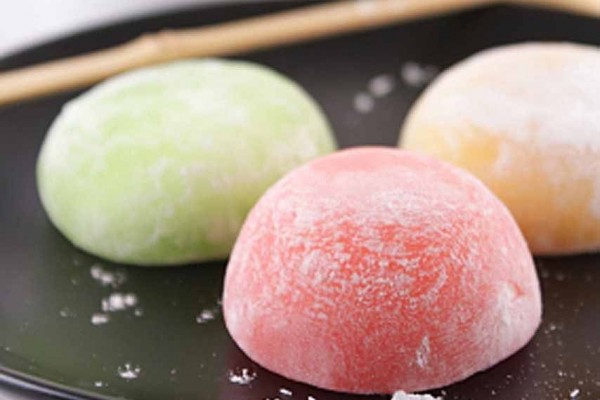The shape, taste, method of making, and raw materials for the mochi cake seem harmless. However, in fact, at the beginning of this year as many as two people died and several others were in critical condition after eating the cake.
They add to the long list of Japanese citizens who have been killed after eating mochi cakes at the New Year’s celebration.
In fact, warnings from the Japanese government that citizens are careful to eat traditional snacks are issued regularly every year.
Mochi is a cake with a shape similar to buns. The texture is soft and somewhat chewy.
The way to make it is to cook sticky rice first, called mochigome. After cooked, the rice is pounded and crushed using a wooden sledgehammer. Next, the rice is then boiled or baked.
The average Japanese family traditionally celebrates the new year by cooking soup while heating mochi.
The mochi cake is sticky and chewy. Therefore, the cake must be chewed before it is swallowed.
The problem is, there are people, like children or seniors, having trouble chewing mochi. In fact, if it is not chewed long or just swallowed, the mocha cake is involved in the esophagus and can cause failed breathing.
According to Japanese media reports, 90% of victims of the mochi cake taken to hospital are seniors aged 65 years and over.
Chew, chew, chew. If it’s difficult, the mochi cake can be cut into small pieces so it’s easy to chew.
Every year, ahead of the New Year’s celebration, the Japanese government issued a warning to the public to consume mochi cakes in small pieces.
However, every year there are fatalities associated with the snack.
At the turn of 2014 to 2015, the number of victims of Mochi cake reached nine people. Then in 2016 one person became a victim. And at the end of 2017, two people died.
That number does not include victims in critical condition, but escaped death.

